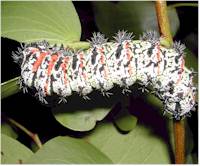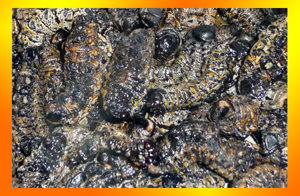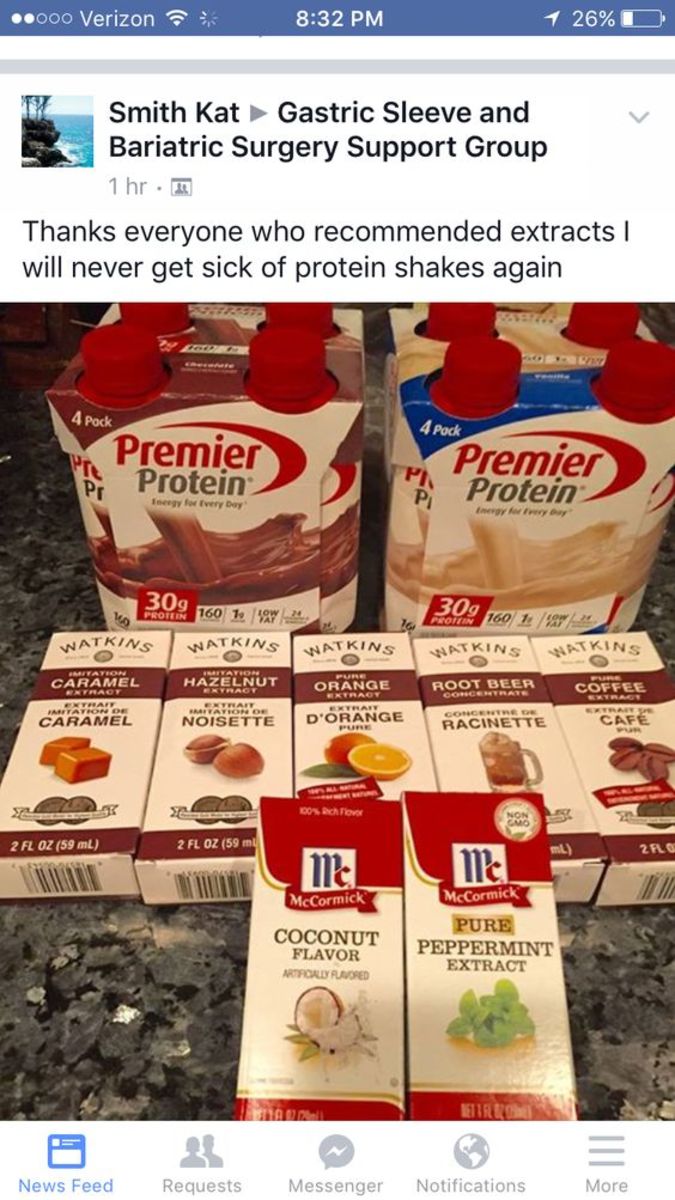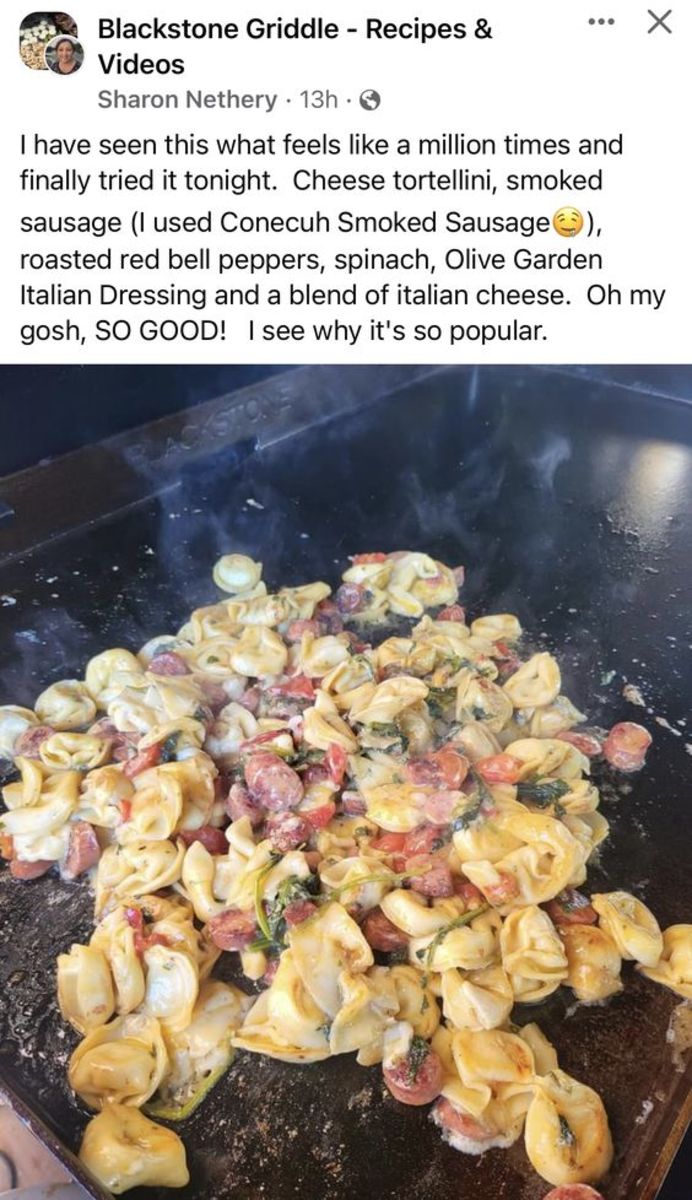Taste the nutritious Mopane worms of South Africa
The nutritious Mopane worms
Everywhere in the world, there is an interest to taste new dishes and delicacies. A visit to South Africa introduces visitors to unusual food stuff. The recipes are interesting to taste as well. During the ancient times as well as in modern days, the edible insects have gained their cultural importance. Insects are most plentiful and they always provide the best protein and other nutrition. They are part of the culture not only in Africa but also in many other countries.
Crickets, ants, scorpions etc. have been tried by many people around the world. If one of your close friends or relatives had recently been to Africa, never forget to ask them whether they have tried the African delicacy Mopani worms. It is delicious and traditional food stuff for the localites. But full marks have also been given by the outsiders who tasted this delicacy.
Africans eat many types of insects. They include termites, grasshoppers, and other insects. At least 40 types of caterpillars are utilized as traditional food across much of the African continent. But the most widespread and popular one is the Mopani worm.
Tasting the traditional food

African ladies sell them
South Africa is a great place to visit. Tourists can see the unusual stuff in markets. Huge bags of dried or smoked Mopani worms are always kept ready for sale in local markets throughout rural Namibia, Zimbabwe, Botswana, South Africa and Zambia. They are usually bright but look grayish in color when dried and are sometimes mistaken for a bean of some kind.
Mopani worms are actually caterpillars or larvae of the emperor moth which are highly nutritious. They got their name because they are found hanging out on Mopane trees. They not only feed on the leaves of the Mopani trees, but also feed on leaves of mango trees and other bushes. So this food stuff is also popularly known as the bush delicacy.
The caterpillars are either cooked or dried. Ladies in the region sell these worms which look like live Caterpillars or Maggots. The ladies tell the consumers that the caterpillars are not cooked but sun dried and eaten. Buyers can even try them after cooking on a low heat as well as with other ingredients.
People buy the biggest worms for their best flavor. Their protein content is thrice that of beef, weight for weight, and traditionally cooked in a stew containing tomatoes and onions.
Edible Mopane Worms for Sale Online
There are Mopani worms for sale online. And it can be bought at Firebox.com, a website that sells cooked, dried and ready to eat worms. Mopane industry is one of those industries in Africa which is seen growing at a rapid pace.

Source of Protein
Africans like to eat these worms because they are highly nutritious and are a good source of protein. Studies made by the Council for Scientific and Industrial Research (CSIR) have shown that they have an average of 10% protein. The adult requirements for calcium, iron and riboflavin are easily met by consuming 15 worms per day.
Mopane worms are often hand-picked by children and women. About 2,000 women in the Northern Province of South Africa are involved in collecting the worms. They serve them both as food and as a good source of income. African ladies harvest them when they reach their late larval stage and attain maximum plumpness. During the final stage, the caterpillar buries itself for pupation in order to re-appear as an Emperor moth.
The moth has a short span of life in which it meets the female with a single intent – to search for a mate. The mild scent released by a virgin female attracts the male with big, feathery antennae and find it from a long distance. During the spring season, nearly 150 eggs are laid by the moth on the trees. After a few weeks the small larvae come out and start feeding on the leaves. As they mature they grow thicker as if it were a man’s finger and are softer to touch, about 7cm long.
When a caterpillar is picked, it is pinched at the tail end to rupture the inwards. The picker then squeezes it like a tube of toothpaste or lengthwise like a concertina, and whips it to expel the slimy, green contents of the gut. The sun-dried worms give them a long shelf-life. They are eaten like peanuts or added to stews.
Health benefits of eating Mopane Worms
1. Entomologists suggest that a diet supplemented with bugs and Mopane worms could help South Africa’s Aids patients boost their nutrition levels.
2. After harvesting the caterpillars, they are boiled, dried or mixed with other traditional foods.
3. It is considered healthy because of the crude protein content of 60.70%. Has crude fat of 16.70% and 10.72% of mineral content, on a dry matter basis.
4. It offers a very cheap way for the Aids patients to stay healthy. It costs over R1000 rand to maintain health with the nutritious diet. But an area where mopani worms are abundant is a boon for the patients who can pick them off the trees and use it as food.
5. They are a highly nutritious supplement to the diet of people indigenous to the African region.
Preservation technique
Drying under the sun or to smoke them, giving additional flavor is the traditional method to preserve them. The Mopani industry around southern Africa makes available the tins of mopani worms. Cans with caterpillars in brine are also found in rural supermarkets and markets along the region.
Mopani trees
Mopani worms are harvested from Mopane or Mopani trees. Mopani trees grow in hot, dry, low-lying areas, 200 to 1,150 m, in the far northern parts of southern Africa, into South Africa, Zimbabwe, Mozambique, Botswana, Zambia, Namibia, Angola and Malawi. Mopani wood, one of South Africa's heaviest timbers, is very tough to work because it is very hard. This automatically makes this tree termite resistant.
Apart from timber, the tree is traditionally used to provide twigs to chew as tooth brushes, bark to make twine and for tanning, and leaves for healing wounds. The tree is a major food source for the mopani worm, the caterpillar of the moth Gonimbrasia belina. The Latin name is also sometimes given as Imbrasia belina.
Contribution to rural economy
Mopani worms are a seasonal delicacy. They are harvested twice a year. They are found in abundance in the bush that looks green and colorful. But local supermarkets sell the brine soaked Mopani worms in cans. The sale of these roasted or dried mopani worms can contribute significantly to rural economies. They require little input in the way of resources. They are a valuable and profitable source of food and income for the African people.
Just like any other industry, the Mopane industry is also not without problems. Most of the time the droughts devastate the harvest and there are some places where overexploitation has led to the local extinctions.
Anyway, don't forget to try them when you are on a trip to South Africa next time.









